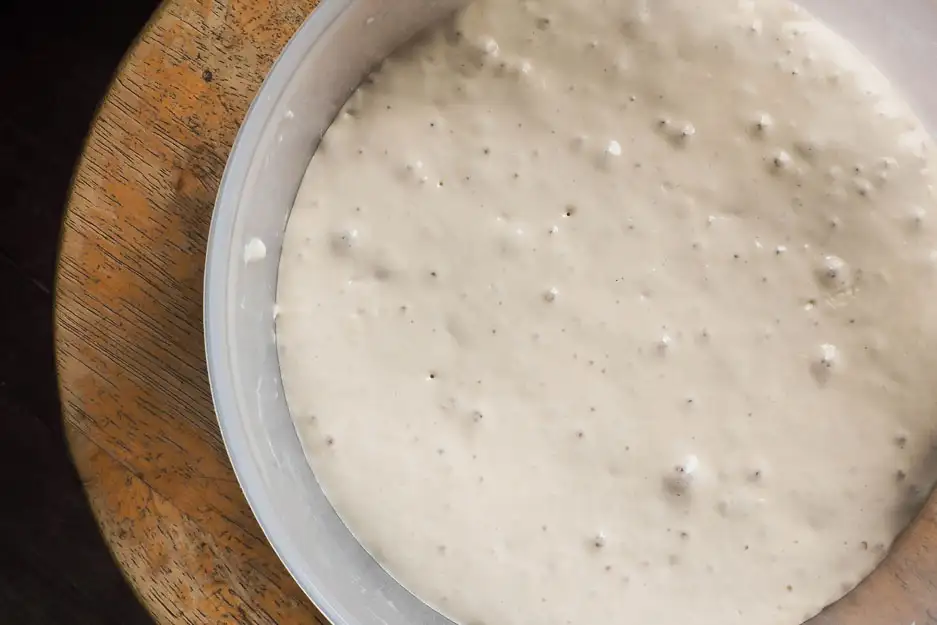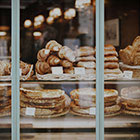-
AllAnytime Fitness Gym Art Blog Bus Fares Bus Service Business Business Expo C2C Care Care Home Charity Children Christmas Cinema City Status Cliffs Pavilion Cliffs Pavilion Review College Community Competition Construction Coronation Coronavirus Design Easter Education Electoral changes Leigh on sea Employment Emsella Chair Environment Essex & Suffolk Water News Essex Police Essex Wildlife Trust News Events Family Fun Fashion Festival Film Finance Fitness Food Food & Drink Foulness Bike Ride Fresh Face Pillow Company Gardening General Election Hair & Beauty Halloween Harp Havens Havens Hospice Havens Hospices Havens Hospices Health & Fitness Health & Beauty Health & Fitness Healthwatch Southend Historicaleigh History Holidays Housing Indian Indirock Jubilee Karen Harvey Conran Kids Kids Competitions Lazydays Festival Legal Leigh Art Trail Leigh Folk Festival Leigh Library Leigh Road Leigh Town Council Leigh Town Council Press Release Leigh on Sea Leigh on sea Folk Festival Leigh on sea Marathon Leigh on sea Town Council Leigh on sea man breaks marathon record Leigh on sea news Lifestyle Livewell Southend Press Release LoS Shop London Southend Airport Los Shop Marathon Mortgage Angel blog Mortgages Mughal Dynasty Music My Mortgage Angel MyLoS NHS News News Offers Palace Theatre Parenting Parking Pets Picture Of The Week Pier Politics Press Release Press Release Southend City Council Professional Property Property Of The Week RSPCA Ray Morgan Re:loved Recipes Recycling Restaurant Restaurant Review Restaurants Review Roads Rotary Club Royal Hotel Royal Visit SAVS Schools Seafront Shopping Shows & Music Review Shows & Music Shows & Music Review Southend Southend Airport Southend Borough Council Press Release Southend City Bid News Southend City Council Southend City Council Press Release Southend City Council Press Release Southend Community Safety Southend Hospital News Southend In Sight Southend In Sight Southend In Sight Press Release Southend on Sea Sport The One Love Project The Ship Hotel Theatre Theatre Blog Theatre Review Theatre review Transport Travel Travel Veolia Volunteer Weddings Whats On c2c
Baking with Pre-ferments

What is a pre-ferment?
A pre-ferment is a piece of dough that has been made in advance of the bake and has been allowed to develop a culture of bacteria, typically over a period of 12 to 16 hours. This dough is then mixed in with the flour and other ingredients. Adding a pre-ferment lets you make lots of different types of delicious bread and provides lots of opportunities for experimentation.
Bread made with a pre-ferment is noticeably different to straight breads (aka those made without one). The inclusion of a pre-ferment has significant advantages, for example, these breads tend to last longer and taste better. They also use much less yeast (very useful if you can’t find any at the moment) and also tend to have thicker, chewier crusts.
There are three main types of pre-ferment: poolish, biga and Pâte Fermentée. Most recipes will use one of these, each being slightly different.
Poolish As the name suggests, poolish has it origins in Poland but quickly became popular with French bakers when it was introduced in the 19th century. Poolish has a hydration of 100% (1 unit of water to each unit of flour) which means it is wet and sticky like batter. It is often used when making baguettes and has a wheaty, nutty taste.
Biga With a hydration of around 50-60%, biga is much stiffer than poolish and looks a lot more like a piece of dough. Doughs made with biga tend to rise more than those made with poolish which expand sideways.
Pâte Fermentée Literally ‘old bread’, pâte fermentée is an extra piece of dough that has been kept from a previous bake. Unfortunately, this dough doesn’t keep very well and will only last 48 hours in the open or a week in the freezer. It is perfectly fine to make this pre-ferment a day before the bake, much like biga or poolish.
For best results, pre-ferments should be used when they are at their ripest. Poolish will be covered in bubbles and small channels, biga and pâte fermentée should be domed slightly. A pre-ferment that has collapsed is over ripe and will make an inferior loaf.
There aren’t really any hard and fast rules for determining whether a pre-ferment is ripe and it mostly comes down to intuition and trial-and-error.
ADD A COMMENT
Note: If comment section is not showing please log in to Facebook in another browser tab and refresh.
























